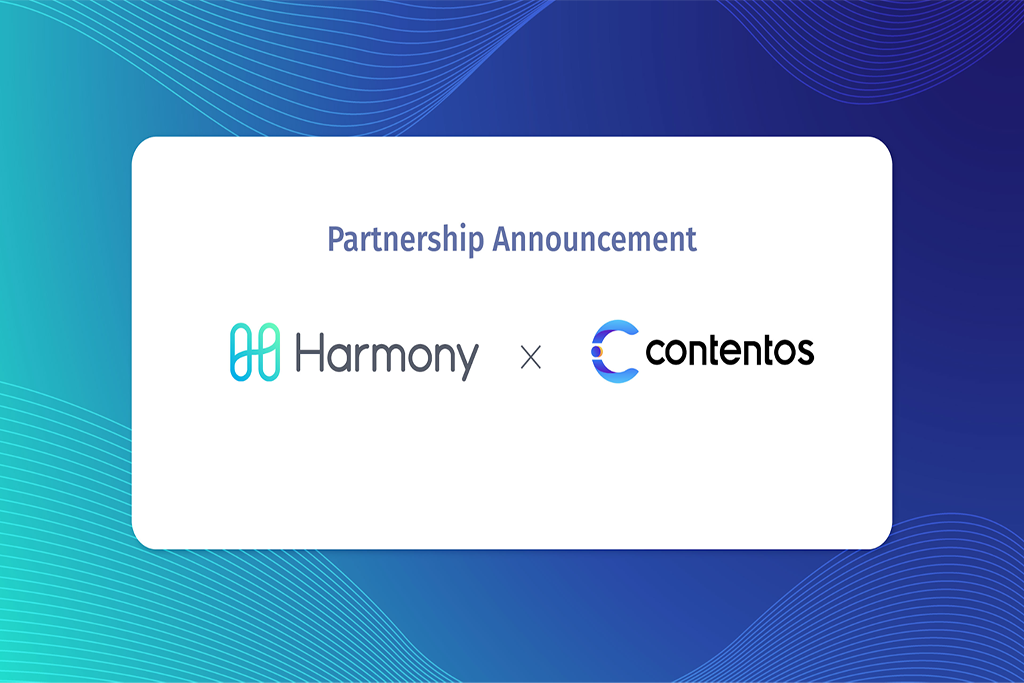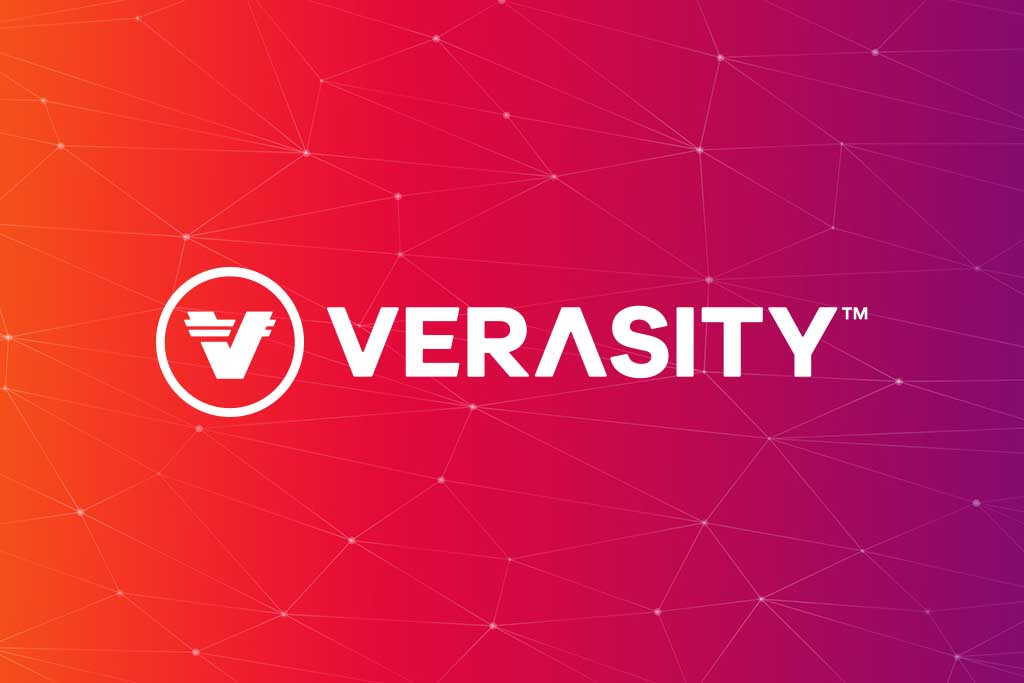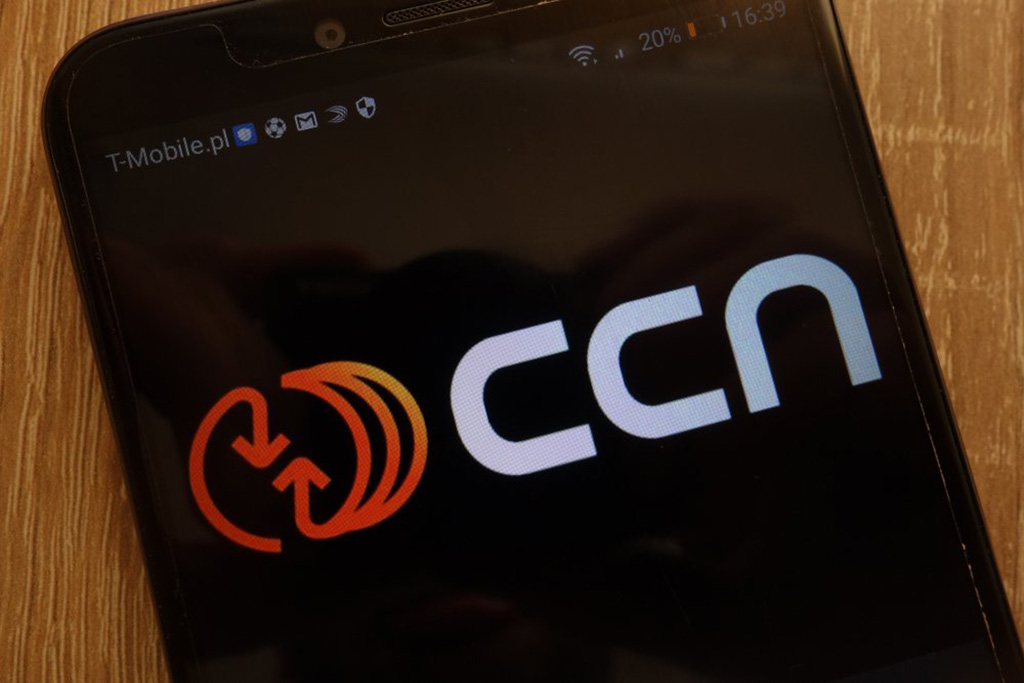46
Other Popular Cryptos / Coins / Harmony Partnership Series: Harmony X Contentos
« on: June 16, 2019, 11:31:54 PM »
We are delighted to announce that we have signed a partnership with Contentos, a blockchain startup aiming to develop a decentralized digital content ecosystem that empowers all members, including creators, consumers, and advertisers, to earn fair compensation for their contributions.
Currently, the platform ecosystem already hosts 3.46 million+ videos and 159 million+ live streams and has a global user base of 60 million+ and 1 million+ content creators. It is popular among game streamers (similar to Twitch game streams and YouTube game live-feed).
Potential for How Contentos Partnership will Benefits dApp Game Developers Using Harmony Protocol
“Harmony dApp games can come with Contentos integrated”
One of the future use cases in the partnership is by partnering with Contentos, developers building game on Harmony blockchain can integrate built-in streaming option which directly connects to Contentos platform. As a result, gamers using Harmony based dApp game could have an option to develop alternate sources of income by streaming their gameplay in Contentos and start earning revenue from Ads, paid subscriptions or tips (donations) from viewers.
Given the widespread viewer/gamer base in Contentos, as a result of the stream, dApp games get wide visibility and potential distribution option through the platform. Today many dApp game developers struggle to promote their games to the right audience, a targeted persona (dApp user) which can be attracted and sustained as ‘early adopter’. With Contentos integrated, Harmony dApp developers can now easily find streamers (influencer for games in Contentos platform) to promote their games to the dApp users and quickly gain early users.
Alok, Co-founder of Harmony said,
“Being able to provide a scalable environment for dApp developers to build applications on Harmony and to have that application be distributed to millions of audiences through contentos is very exciting for product creators.”
Live Streaming and Market Size
People who live stream their video game play, either as a hobby or profession, are known as streamers. The practice became popular in the mid-2010s on sites such as Twitch and later, YouTube. By 2014, Twitch streams had more traffic than HBO’s online service.
Professional streamers often combine gameplay with highly knowledgeable or dextrous play and entertaining commentary, and earn income from sponsors or Ads, subscriptions, and donations.
A streamer can earn around yearly US$100,000 to US$300,000. An October 2017 report from SuperData Research estimated that more people subscribed to video game streams on YouTube and Twitch.tv than for all of HBO, Netflix, ESPN, and Hulu, combined.
Home video game consoles, such as the PlayStation 4 and Xbox One, contain built-in streaming and optional camera integration. Home computers use software such as Open Broadcaster Software or XSplit to upload a live stream to Twitch’s servers.
The live streaming industry is now worth $10.1 billion and is expected to increase by an additional $3 billion in 2019. (Source: Streamlabs).
Twitch still remains the most popular streaming platform among gamers and continues to grow at a considerable rate, enjoying a 23% increase in active streamers from 1.37 million to 1.53 million quarter-over-quarter.
Contentos CEO Mick commented,
“We’re excited about this partnership. The best way to grow as an ecosystem is by bringing scalable and engaging apps on to the Contentos platform. We believe the Harmony team will be able to bring those apps into our ecosystem.”
Why Streamers Choose Contentos
Today the popularity of the internet and traffic generated by billions of global users have led to the rise of internet giants such as Facebook, YouTube, and Twitter. These corporations control the access and wide visibility or distribution of digital content. This begs the question of just how much freedom of expression is actually allowable.
Though enormous advertising earnings are generated through these centralized-content platforms, it has long suffered from unequal revenue distribution. Moreover, after deducting substantial commission, content creators are left with a small portion of the reward.
Blockchain technology creates a system where creators of content are able to sell content directly to buyers without the intervention of a centralized corporation.
Smart contracts for auto payment: When the viewer watches any video and if promoters advertisement gets featured in this content, the content creator gets automatically paid through the platform use of Harmony smart contracts.
Therefore, content creators don’t have to worry about late payment or inaccurate payouts. Additionally, all transactions are recorded on the blockchain as a public record, making the payment completely transparent.
Smart contracts can also facilitate additional compensation rules. For e.g. Bonus incentives paid by advertisers to creators when their content exceeds 10,000 views.
Engagement program: Creators can build engagement program with their followers such as viewers getting awarded with COS or Harmony tokens for sharing the content link in their social media account. This encourages wide distribution of content and enables creators to grow their following.
About Contentos
Contentos is a public blockchain project specifically designed and built for the global digital content industry. By leveraging blockchain technology, Contentos aims to resolve major challenges that centralized content platforms face today, such as content distribution, monetization, authentication, and copyright management. Contentos seeks to empower creators by monetizing their content and encouraging collaboration with advertisers, fans, and other creators as well as rewarding positive contributions to the community.
For more information about Contentos join telegram or twitter
About Harmony
Harmony is a fast and secure blockchain. Built by a team of engineers from Google, Apple, Amazon, Harvard and Stanford, Harmony helps businesses build marketplaces of fungible tokens (such as energy credits and loyalty points) and non-fungible assets (such as game collectibles and real estate). Harmony has a robust ecosystem building strategy focused on creating partnerships that drive the adoption of the protocol. At scale, Harmony helps businesses tokenize their assets and incentivize user engagement.
Source



 Latest news:
Latest news: 





 Shop
Shop















